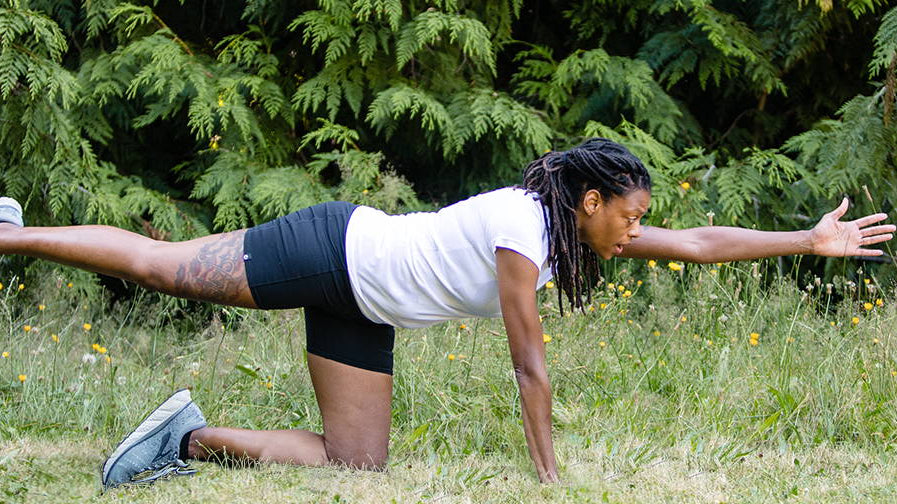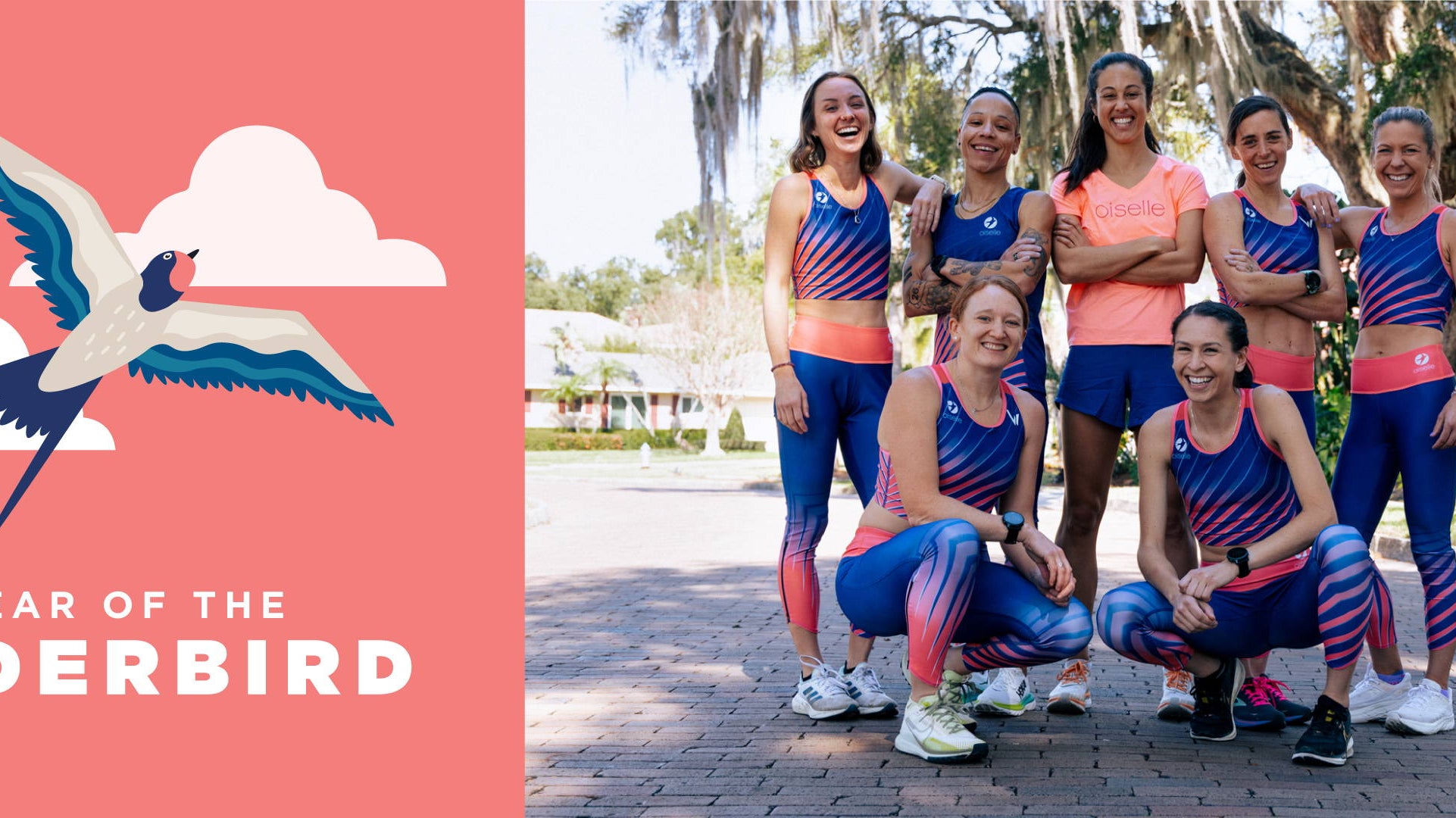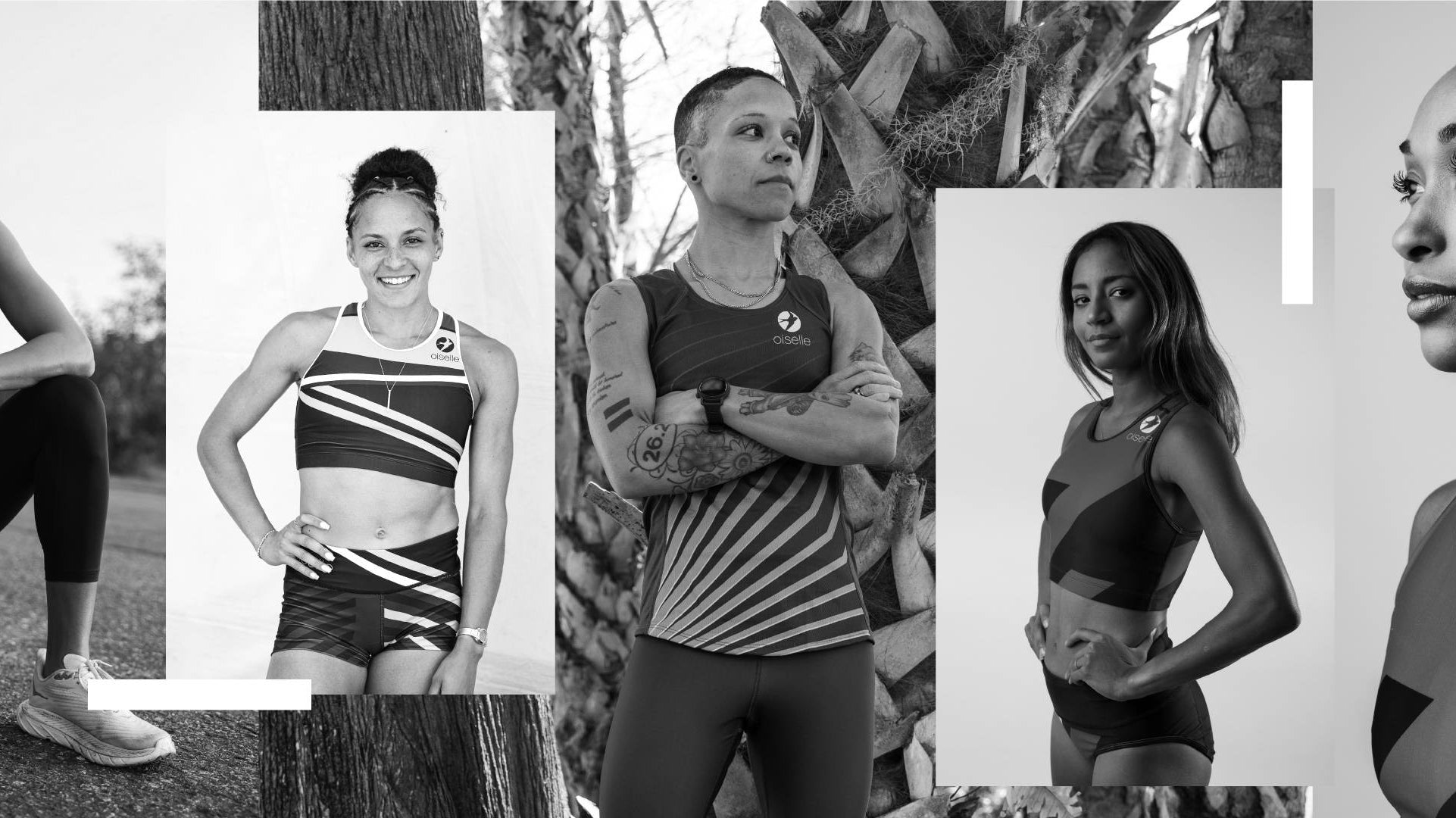This week’s Mary Cain story reminds us that there are still too many myths about what it takes to be a good distance runner, especially for girls and women. There are sadly few fact-based guidelines for athletes and coaches, (one here from the American College of Obstetricians and Gynecologists) but the truth is, we can all contribute to undoing these harmful myths. Here are seven of the most common myths about girls’ and women’s running.
Please help us spread the word, and chime in with other myths that need debunking!










